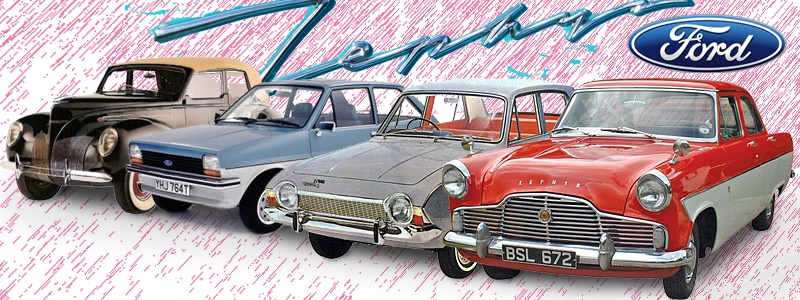The Ford UK operation began in 1903 with the import of Model A’s, then in 1909 the Ford Motor Company (England) was officially established, an office being opened at 55 Shaftsbury Avenue, London under the chairmanship of Percival Perry. The following year Ford’s first dealership was opened in Southampton, and then in 1911 Ford acquired an old tram factory in Trafford, Manchester, which they converted into an assembly plant – making it the first Ford production facility to be established outside the US.
The number of employees would quickly grow to 60, the majority involved in the assembly of the Model T. These first iterations were assembled from imported chassis and mechanical parts with bodies sourced locally, but in 1914 Britain's first moving assembly line for car production started, with 21 cars an hour being built. Six thousand cars were produced in 1913 and the Model T became the UK’s biggest selling car (having some 30 % of the market). Following World War 1 the Trafford Park facility was extended, and by 1919 over 40 % of British registered cars were Fords.
Deciding on the need to have a facility located next to a deep water port, in 1923 Ford purchased land in Dagenham next to the river Thames. Construction of the new facility commenced in 1929, and at its opening in 1931 it was Europe’s largest car plant - at the time producing the Model AA truck and Model A car. The timing was less than perfect, the depression hitting dealerships hard, and the Model A being too expensive to tax and run in Britain; only five were sold in the first three months of production. A smaller car was urgently needed, Ford rushing the 933cc Model Y into production in 1933, in the process it becoming Britain's first £100 car.
Between 1932 and 1937 over 157,000 were made at Dagenham and Cork and at its peak it captured 41 % of its market sector. During World War 2 Ford played a major role, churning out 360,000 vehicles at their Dagenham plant while their new Urmston (Manchester) facility manufactured 34,000 Rolls-Royce Merlin engines. Rapid expansion would follow the war, new facilities being established and Briggs Motor Bodies being acquired in
1953, by that year the company employing some 40,000 Britons. In
1962 the Halewood Liverpool facility would open, initially manufacturing the Anglia, then
Escort, until a 2001 switch would see it re-tooled for the manufacture of the Jaguar X-Type.
Unlike most European manufacturers, Ford UK was an example of a company which changed its styling quite regularly, and occasionally radically, in its usually successful efforts to keep abreast, or at times ahead, of fashion. Both the above approaches, continuity and change, have proved successful in the hands of the right stylists. Many UK derived Fords have found their way to Australian shores, and while the Cortina and Escort were undoubtedly good cars, the Capri is arguably the most revered today.




